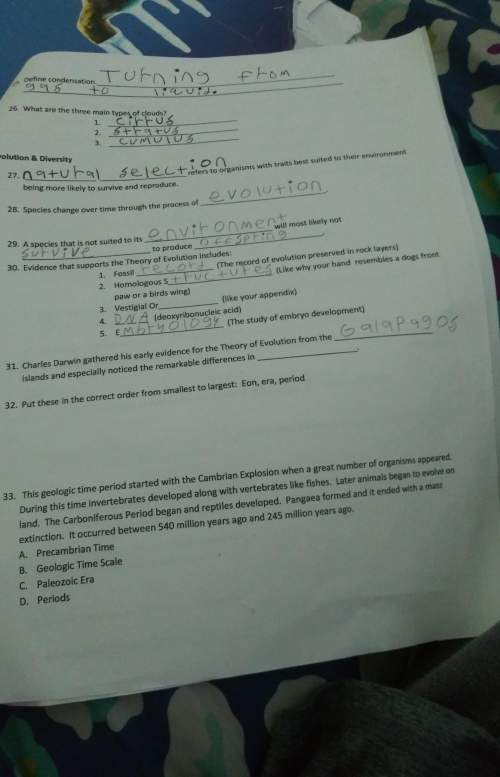
Physics, 26.01.2022 05:20 Samonerob2002
A battery-operated car utilizes a 12.0 V system. Initially, the car is at rest at the base of a 158 m high hill. Some time later, the 730 kg car reaches the top of the hill with a speed of 25.0 m/s. How much charge did the batteries move through the motor to accomplish this, neglecting friction

Answers: 1


Other questions on the subject: Physics


Physics, 22.06.2019 06:00, pinkyglitter2696
What are atoms of the same element with varying number of neutrons
Answers: 3

Physics, 22.06.2019 10:10, xavierfox1721
In a simplified model of the human eye, the aqueous and vitreous humors and the lens all have a refractive index of 1.40, and all the refraction occurs at the cornea, whose vertex is 2.60 cm from the retina. what should be the radius of curvature of the cornea such that the image of an object 40.0 cm from the cornea’s vertex is focused on the retina?
Answers: 1
You know the right answer?
A battery-operated car utilizes a 12.0 V system. Initially, the car is at rest at the base of a 158...
Questions in other subjects:





Mathematics, 02.09.2020 22:01

Chemistry, 02.09.2020 22:01



Mathematics, 02.09.2020 22:01

Arts, 02.09.2020 22:01




